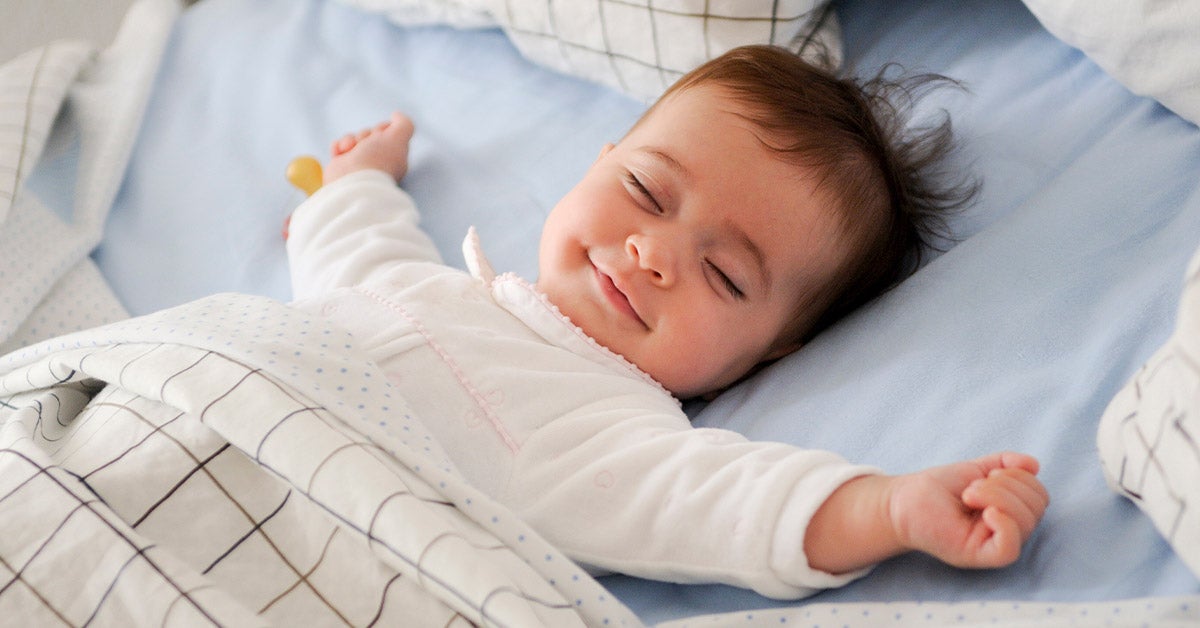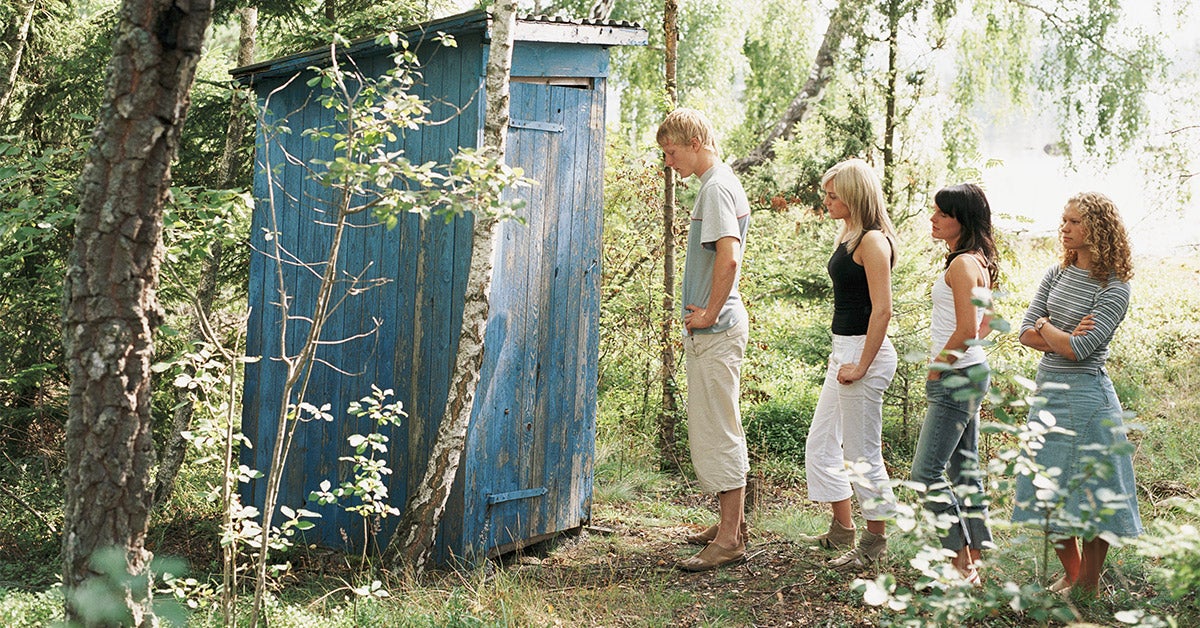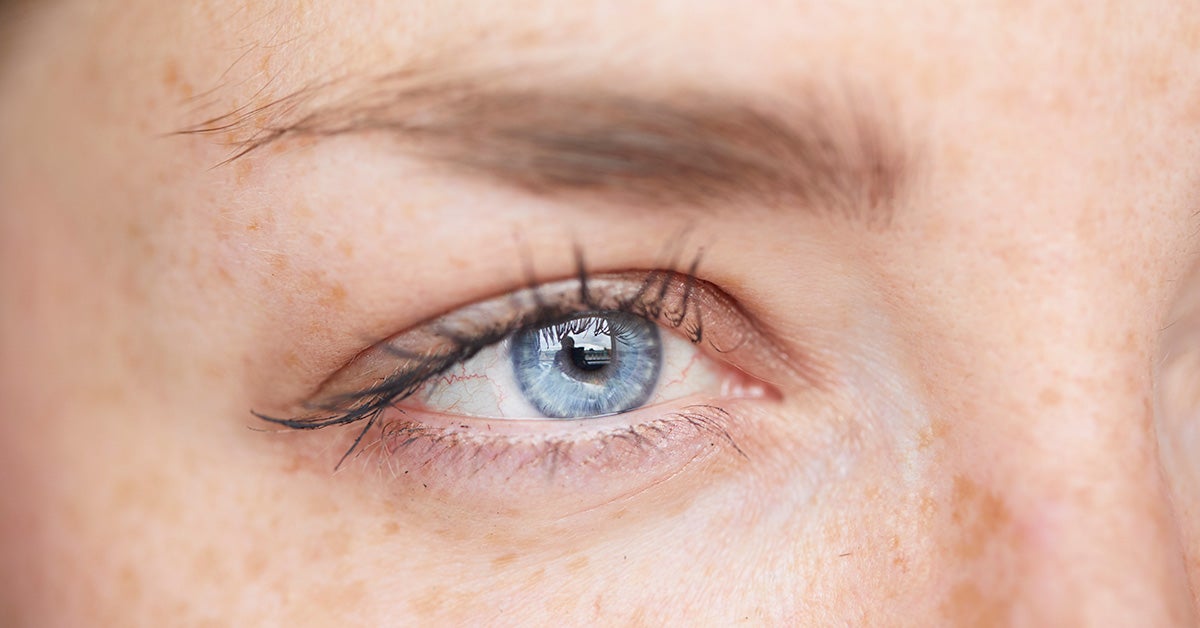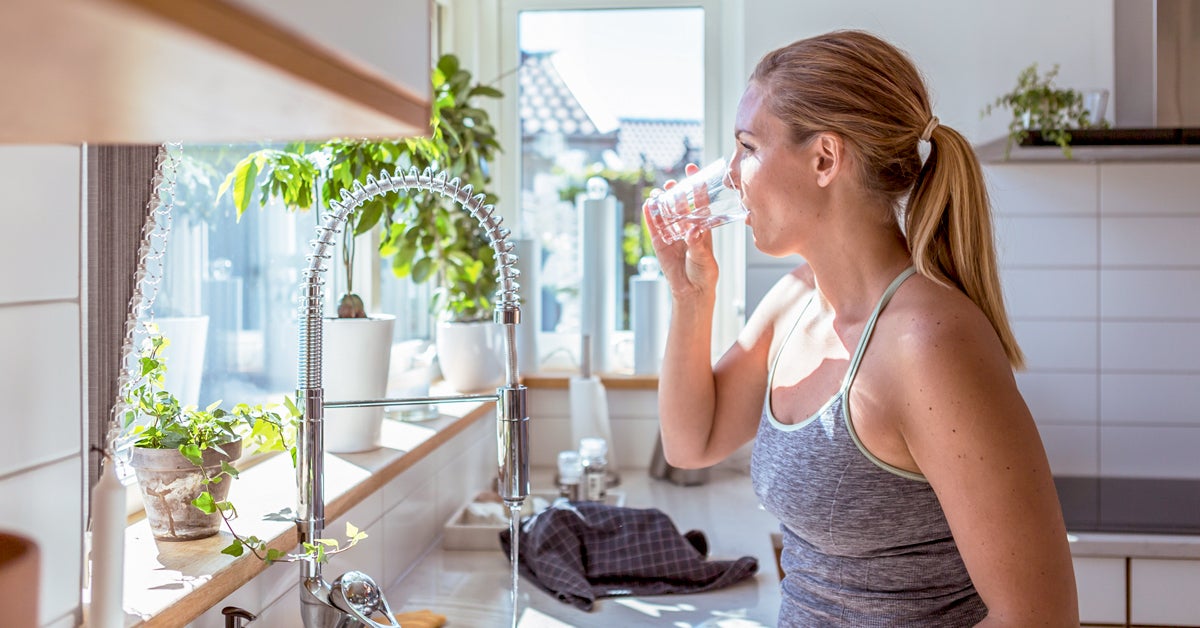Athlete's Foot Blisters: Treatment, Prevention, Pictures, and More
Blisters that appear on the sole or instep of your feet may be a symptom of athlete's foot. The medical community refers to this condition as tinea pedis. Blisters appear in some cases of athlete's foot but not in all of them.
The fungus that causes athlete's foot can spread to other parts of your body. To prevent this, you shouldn't pick at or touch the blisters or other visible symptoms like sores and scales.
Fungus may also infect your toenails, hands, and groin. Wash your hands immediately if you do touch the infected area.
You can avoid athlete's foot with several prevention strategies.
Below is an image of blisters caused by athlete's foot. Blisters generally occur on the sole or instep of the foot.

There are many ways to treat athlete's foot with medications available over the counter (OTC) or by prescription.
- OTC topicals. You may want to try OTC treatments to manage your athlete's foot. Antifungal topical treatments target and kill fungus. These take a few weeks or a month to treat. Find topical sprays, creams, or powders online.
- Home remedies. There are some home-based treatments you may want to try for athlete's foot, including hydrogen peroxide and tea tree oil. Since home treatments aren't as other products and medications, you should use them with caution. You can shop for hydrogen peroxide and tea tree oil online.
- Prescriptions. Your doctor may prescribe a more aggressive topical or oral antifungal treatment if your athlete's foot is severe case or doesn't respond to topical treatments.
- Corticosteroids. Your doctor may also prescribe a corticosteroid to use with antifungal treatments to relieve discomfort.
You may get blisters from athlete's foot if your feet come into contact with a certain type of fungus. Trichophyton mentagrophytes causes inflammatory athlete's foot. This type of athlete's foot causes blisters and is less prevalent than other types of the condition.
Athlete's foot can happen to anyone and occurs when your foot comes into contact with a fungus that grows in a moist environment.
It occurs in up to 15 percent of the population. Men are more likely to contract athlete's foot as are those with certain health conditions, such as diabetes and eczema.
You may notice the blisters caused by athlete's foot are elevated from your skin and filled with liquid. Usually the liquid inside the blisters isn't problematic, especially if it's clear.
You may have a secondary infection if the blisters are filled with pus. One type of infection that may occur with athlete's foot blisters is group A Streptococcus. This bacterial infection will require additional treatment.
Other symptoms of athlete's foot can occur with your blisters, including:
- scaling skin
- redness
- itchiness, burning, and discomfort
- cracked skin
- excess or thickening skin
These symptoms can occur on the sole of your foot as well as between your toes. Sometimes you may even notice blisters and other symptoms elsewhere on your body if the fungus causing your athlete's foot triggers an immune reaction.
It may not be obvious that blisters on your feet are related to athlete's foot. There are other conditions that may cause blisters, including:
- contact or atopic dermatitis
- bacterial infection
- bullous disease
- dry skin
- psoriasis
Blisters can cause pain, especially if you apply pressure when standing, walking, or running. You may need the blisters drained by your doctor to relieve the discomfort.
You can prevent the onset of athlete's foot and blisters by keeping your feet clean and away from moist environments. Some strategies to avoid contracting the fungus that causes athlete's foot include:
- keeping your feet clean
- drying your feet when they get wet
- allowing your feet to breathe by going barefoot when you can
- wearing shoes that allow for circulation
- wearing different shoes each day to dry out each pair thoroughly before wearing again
- wearing cotton socks and changing them a few times a day if your feet get sweaty
- wearing flip-flops or rubber sandals when using public showers, or when walking on other wet surfaces like swimming pool decks
There are several reasons you may want to visit a doctor if you have blisters associated with athlete's foot, including if:
- your condition doesn't improve after treating symptoms at home
- blisters cause pain when you stand or walk or interfere with your daily activities
- blisters worsen or appear to be pus-filled
- you have repeated occurrences of athlete's foot
- you have diabetes or a health condition that compromises your immune system
Your doctor can examine your blisters as well as other symptoms to diagnose and treat your condition.
Your doctor may take a culture of the affected area to diagnose the fungal or secondary bacterial infection.
Two types of tests that reveal fungal infections are:
- gram stain
- potassium hydroxide (KOH) preparation test
It may take a few weeks to get test results, but your doctor may recommend treatment right away, including for any secondary bacterial infections that are present.
Athlete's foot is a common skin condition, but not all cases result in blisters.
You should begin antifungal treatments right away if you suspect athlete's foot. See your doctor if your blisters cause discomfort or pain that interferes with your lifestyle.
Your doctor may be able to drain the blisters and can diagnose any secondary infections related to the fungal infection.
With the appropriate treatment plan, you can cure the infection. Make sure to protect your feet from moist environments to avoid athlete's foot in the future.
-
 6 interesting genetic traits that children will inherit from their parents
6 interesting genetic traits that children will inherit from their parents
-
 7 effects of asparagus on child development
7 effects of asparagus on child development
-
 Does cutting blood hair for babies bring good luck?
Does cutting blood hair for babies bring good luck?
-
 The more babies eat, the higher the height they develop, especially the second kind
The more babies eat, the higher the height they develop, especially the second kind
-
 Children with chicken pox should eat to quickly recover from the disease, without leaving a deep scar?
Children with chicken pox should eat to quickly recover from the disease, without leaving a deep scar?
-
 The more food is cooked, the better it can be for health, especially the second type
The more food is cooked, the better it can be for health, especially the second type
-
 Sleep Training a Toddler: Methods to Try, Transition Tips, Naps
Sleep Training a Toddler: Methods to Try, Transition Tips, Naps
-
 How Long Can You Go Without Peeing? Risks, Complications, Concerns
How Long Can You Go Without Peeing? Risks, Complications, Concerns
-
 Stopping Your Period for a Night: What Is and Isn't Possible
Stopping Your Period for a Night: What Is and Isn't Possible
-
 Pregnant After Period: Likelihood, How to Avoid, and More
Pregnant After Period: Likelihood, How to Avoid, and More
-
 Does Using Vaseline on Eyelashes Have Benefits?
Does Using Vaseline on Eyelashes Have Benefits?
-
 Hard Water and Soft Water: Differences, Advantages, and Disadvantages
Hard Water and Soft Water: Differences, Advantages, and Disadvantages































